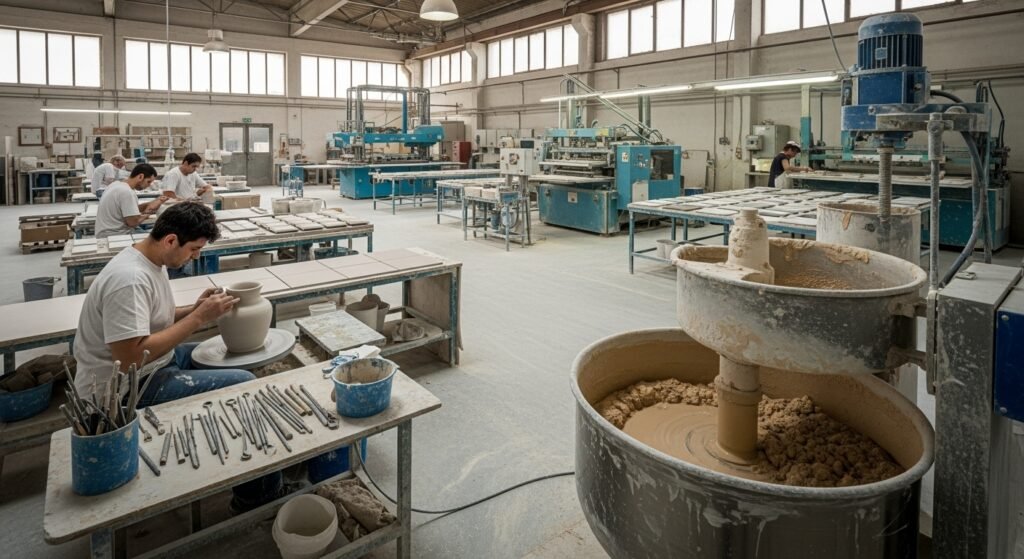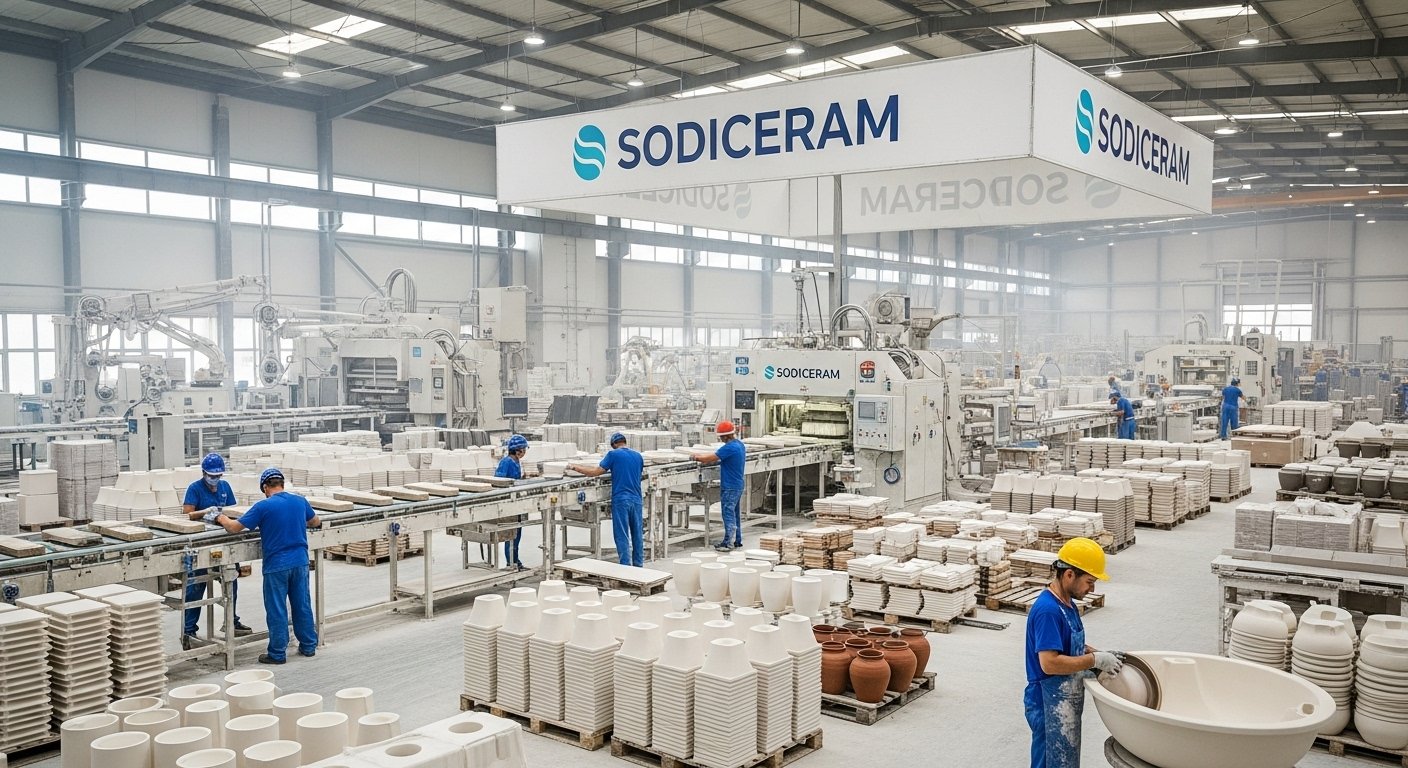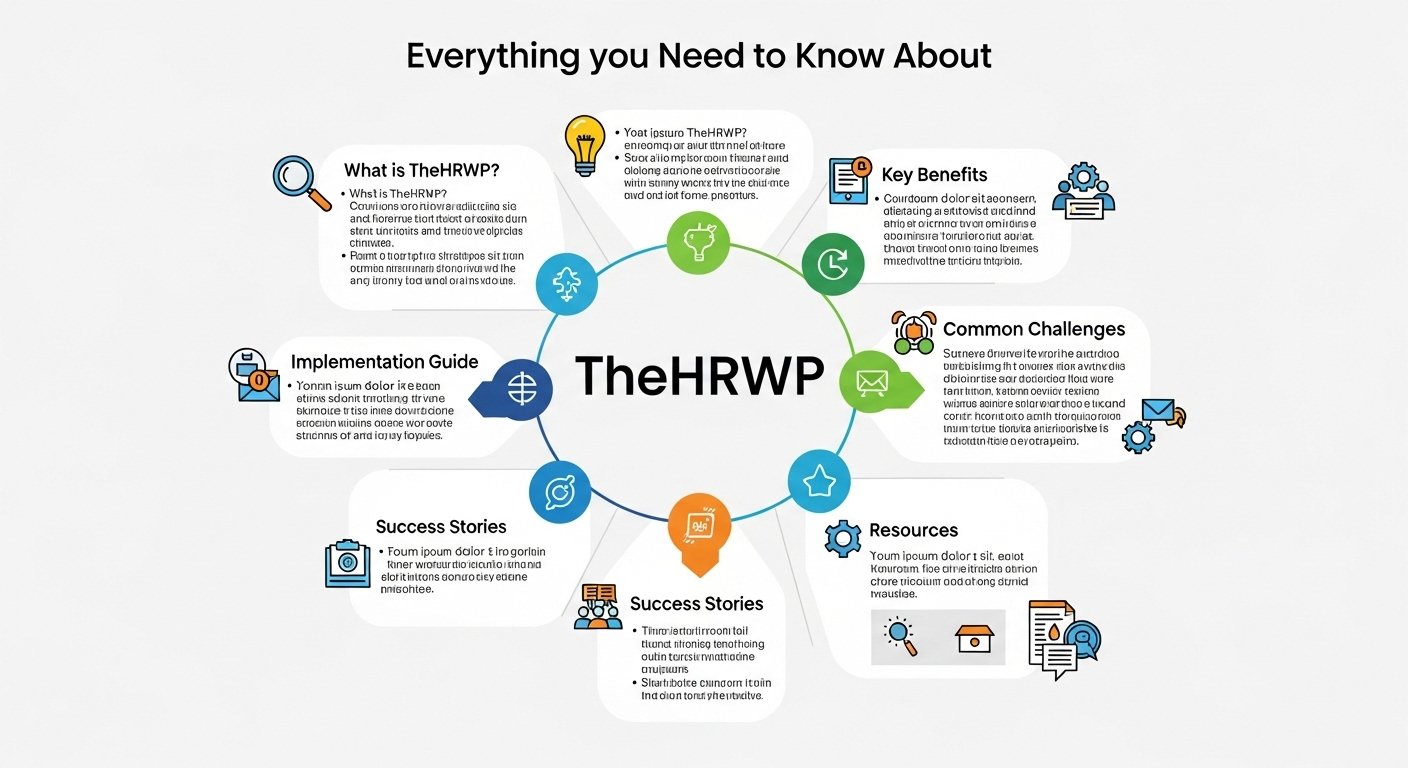Table of Contents
Introduction
Sodiceram might sound like a tricky word, but it’s simpler than you’d think. It describes a type of advanced ceramic. These ceramics aren’t like the mugs or bowls in your kitchen. Sodiceram stands for strong, high-performance ceramics used in industries like electronics, medicine, cars, and more.
People around the world trust sodiceram parts and tools because they are tough, long-lasting, and made for extreme jobs. Big machines, clean labs, and even smart gadgets may use materials related to sodiceram. These special ceramics are often made from different powders, baked at high heat, and shaped into things that work hard every day.
In this full guide, we’ll explore the meaning of sodiceram, how it’s made, where it’s used, and why it matters. Let’s make learning about sodiceram simple, helpful, and fun to follow.
Sodiceram Meaning Made Simple
The word sodiceram is made from two parts. The “sodi” part can relate to solution-based processing or even special soda-like mixes used in production. The “ceram” part clearly stands for ceramic. Together, sodiceram means a ceramic product that is engineered for advanced use, often in technical or industrial settings.
Sodiceram is not tied to one product. It’s often connected to a group of items made from strong ceramic materials like alumina or zirconia. These products are carefully shaped, tested, and used for jobs where heat, weight, and toughness really matter. Sodiceram could be a ceramic knife, a heat insulator, or a dental implant.
When someone says sodiceram, they often mean something built to last and do tough jobs over and over again, without breaking down.
How Sodiceram Ceramics Are Made
The creation of sodiceram parts starts with ceramic powders. These powders are mixed with liquids or binders to make a soft paste. That paste is then shaped into a form. After shaping, the item is dried and placed into a hot oven called a kiln. There, it gets baked at temperatures as high as 1,600°C.
This heat makes the item hard, smooth, and very strong. The process is called sintering and is an important part of making sodiceram products. After baking, the ceramic piece may be polished, coated, or carefully trimmed to meet its needed shape.
Since sodiceram items are often used in science, medicine, or engineering, the process must be exact. One small mistake in shape or size can make the part useless. This is why factories that make sodiceram follow very strict standards.
What Makes Sodiceram Products Different
Not all ceramics are the same. What makes sodiceram special is its ability to work even when things get hot, dirty, or hard. Regular ceramic can break easily if dropped. But sodiceram products are made to survive use inside engines, medical tools, furnaces, or smart technology.
Sodiceram pieces are strong, resist heat, and don’t ruin easily. Some resist electrical current. Others are made to resist water, acid, or rust. Compared to plastic or metal, sodiceram often lasts longer, doesn’t bend or wear down, and needs less care.
To put it simply, you can trust a sodiceram product to do the job when regular materials give up.
Common Industries That Use Sodiceram
Lots of industries use sodiceram without always calling it that. In fact, if you work in a modern lab or factory, sodiceram may be nearby already.
Here are jobs where sodiceram shows up:
Cars: brake discs, sensors, fuel parts
Medicine: dental crowns, bone tools
Electronics: insulators, chip carriers, wires
Laboratories: heating elements, holders
Energy plants: nozzles, seals, reactor pieces
Construction: floor mixing tools, ceramic-lined pipes
Each of these uses a different kind of sodiceram piece—but they all have the same goal. They help things run smoothly, stay strong, and last longer.
Sodiceram Materials and Their Special Powers
Sodiceram uses many ceramic types, each with its power. That’s why knowing which kind you have can help understand what it does.
Alumina: Very common. Good strength, low cost, used in electronics and tools.
Zirconia: Extra strong. Often used in medical parts or cutting blades.
Silicon carbide: Great for heat and friction. Used in engines and furnaces.
Silicon nitride: Tough under movement. Found in turbo engines, car parts.
Steatite: Common in older electronics and heating systems.
Each material used in sodiceram tools is picked carefully. Some are better in fire. Others handle pressure. That’s what makes sodiceram so useful in many fields.
Kitchen and Home Tools Made with Sodiceram
Sodiceram is not only for big factories. It also shows up in homes, kitchens, and gadgets. Many people use sodiceram daily and don’t know it.
Here are home tools made using sodiceram:
Sharp ceramic knives
Heaters with ceramic cores
Stovetop igniters
Water filters with ceramic shells
Bathroom tiles with anti-slip coatings
Even your phone may have a ceramic part, especially in buttons or back shells. These light, strong parts come from sodiceram ceramics.
Because they don’t rust or break easily, sodiceram items are smart choices for the home.
Benefits of Choosing Sodiceram Over Metal or Plastic
Sodiceram may cost more up front, but it often saves time and money later. Unlike plastic, it won’t melt or warp. And unlike metal, it won’t rust or corrode.
Here are big sodiceram benefits:
It’s very hard and scratch-resistant
It resists fire and heat
It won’t melt in machines
It doesn’t wear down fast
It can be shaped to exact size
It’s safe around water, oil, and gas
This is why sodiceram is replacing older materials in so many machine parts, health tools, and tech products.
Environmental Side of Sodiceram Materials

One major benefit of sodiceram is its eco-friendliness. Ceramics may sound like industrial stuff, but they help the planet too.
Sodiceram can help the environment by:
Making parts last longer (less waste)
Needing fewer replacements (less buying, shipping)
Being safe in food and clean systems
Helping in solar, wind, and battery tech
Being made in clean, low-emission factories
Many companies use sodiceram to improve their green goals. Long life and safe materials make it a smart pick for both Earth and business.
Testing the Strength of Sodiceram Materials
Sodiceram products are only sold after strong testing. Because these parts go into cars, planes, or medical tools, they must be perfect.
Tests on sodiceram include:
Hardness tests: Will it scratch or chip?
Heat testing: Can it handle fire or engines?
Crash tests: Will it crack if dropped?
Chemical tests: Will it melt or react in acid?
Size checks: Is it the exact shape needed?
Only parts that pass all these are shipped. That’s another reason why sodiceram is trusted—because it proves it can do the job before use.
How Sodiceram Supports Future Technology
The world is changing fast, and sodiceram is helping. From tiny parts in medical tools to big disks in power plants, sodiceram holds up under pressure.
Here’s how sodiceram supports future tech:
Used in fuel-efficient car engines
Found in windmills and solar panel devices
Helps make safer electronic parts
Runs quietly in fast robots and machines
No smell, rust, or leaks
Engineers and designers pick sodiceram when they need a material that performs well in tough places. It’s not just part of today’s technology—it’s ready for what’s next.
Where You Might See Sodiceram Every Day
Even if you don’t work in a lab or factory, you’ve seen sodiceram in action. You may find it in:
Smartphone buttons or backs
Tooth tools or dental crown
Water filter discs
Space heater grills
Car oxygen sensors
It’s the silent helper in all these tools, keeping parts clean, strong, and working for years.
That’s the real power of sodiceram—it works hard without calling attention to itself.
Fun Facts About Sodiceram for Curious Minds
Did you know sodiceram knives can stay sharper than steel for months?
Some of the toughest parts in space missions are made using sodiceram materials.
Many dental crowns are sodiceram-based and can last over 15 years.
Sodiceram items don’t rust, even in water or salt.
Engine parts made of sodiceram help reduce fuel waste.
These fun facts show just how far sodiceram reaches—from your body to outer space.
FAQs
What does sodiceram mean exactly?
Sodiceram refers to advanced ceramic products used in technical or industrial roles where durability is key.
Is sodiceram stronger than plastic or metal?
In many cases, yes. Sodiceram resists heat, wear, and corrosion better than most plastics or metals.
Can I use sodiceram in my home projects?
Yes. Many tools, appliances, and even smart gadgets now include sodiceram parts inside.
Are sodiceram products eco-friendly?
They often are. Long-lasting use and cleaner performance make sodiceram a smarter, greener choice.
Is sodiceram a company or a product?
It can be either. Sodiceram is often used as a brand term or to name ceramic-based items made with advanced methods.
What is sodiceram made of?
Common materials include alumina, zirconia, silicon carbide, and other fine ceramic powders that are baked at high heat.
Conclusion
Sodiceram is more than just a name. It’s a powerhouse in the world of materials. Whether it’s running silently inside a car engine or helping a surgeon in the hospital, sodiceram is part of that success.
Thanks to its strength, low weight, fire safety, and clean build, sodiceram is leading the way for smart, long-lasting products. It may not always be seen, but it plays a big role behind the scenes.
The next time you use a smart gadget, drink from a filtered bottle, or ride in an energy-saving car, sodiceram may be helping make it work.
Want to learn more or find out if sodiceram can help your project? Ask your questions below or explore how strong ceramics like these can power your future.




